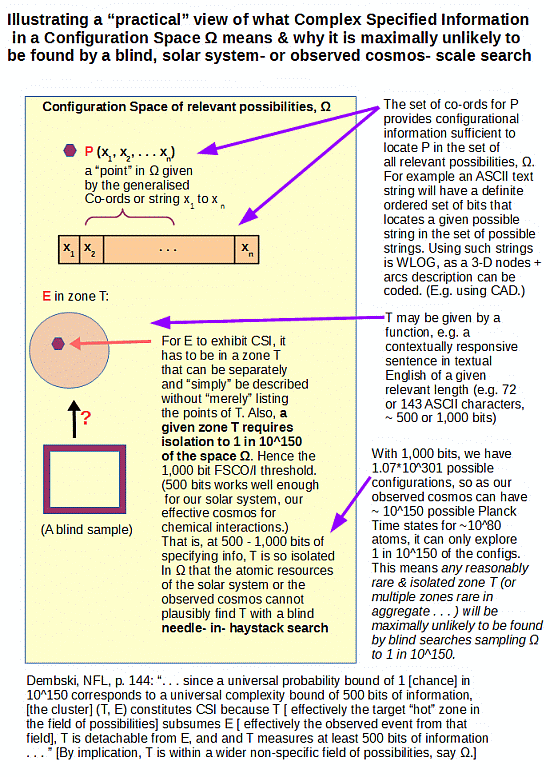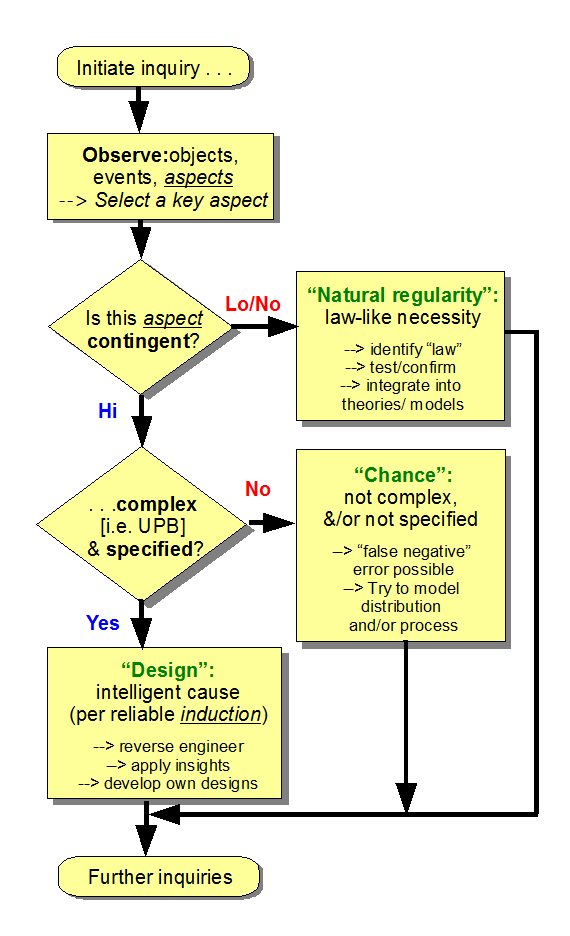Lego Pile A:
Lego “Pile” B:
What’s the difference, and why is it there?
What does this tell us about functionally specific, complex organisation and associated information (FSCO/I), why?
So, bearing in mind this needle in haystack search challenge:
 . . . also, the design inference process flowchart:
. . . also, the design inference process flowchart:
. . . and the use of coded paper tapes in older computers and Numerically Controlled machines:

. . . what can and should we infer concerning the FSCO/I involved in the protein synthesis process (including the coded mRNA tape)?

What, then, does this tell us about the causal factors credibly involved in the origin of cell based life crucially dependent on protein synthesis for it to carry out its functions? Why? END
PS: As a supplement (post meeting), I would like us to reflect on the configuration of two dirt piles,
CASE C: About six miles south of where I type:

CASE D: On some beach or other:

Let’s pose the first two questions again:
What’s the difference, and why is it there?
What does this tell us about functionally specific, complex organisation and associated information (FSCO/I), why?


